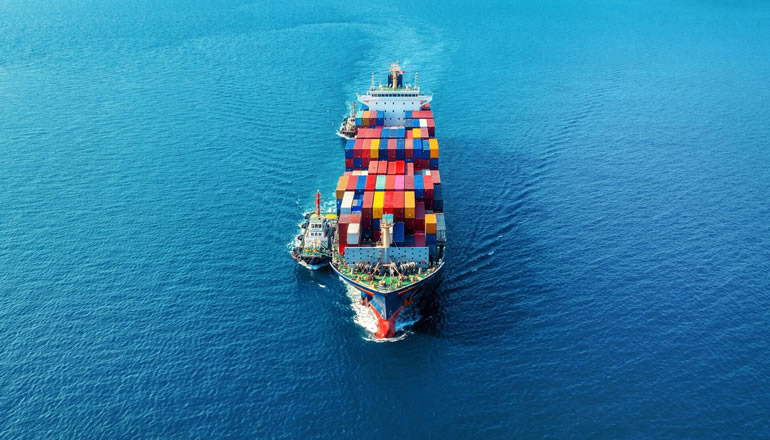The Ultimate Guide to Sea Freight: Navigating the Waters of Global Shipping
In today’s interconnected world, sea freight remains the backbone of global trade, transporting approximately 90% of the world’s goods. Whether you’re a business owner looking to expand internationally or an individual seeking cost-effective shipping options, understanding sea freight can be a game-changer. This guide will explore the ins and outs of sea freight, helping you navigate the waters of global shipping with confidence.
What is Sea Freight?
Sea freight, also known as ocean freight, is the transportation of goods via sea routes on large vessels. These ships can carry vast quantities of cargo over long distances, making sea freight an essential part of international trade. From raw materials to finished products, sea freight offers a reliable and economical way to move goods across the globe.
Types of Sea Freight Services
Sea freight services can be broadly categorized into the following:
Advantages of Sea Freight
Challenges of Sea Freight
How to Choose the Right Sea Freight Provider
Selecting the right sea freight provider is critical to ensuring a smooth shipping experience. Here are a few tips:


